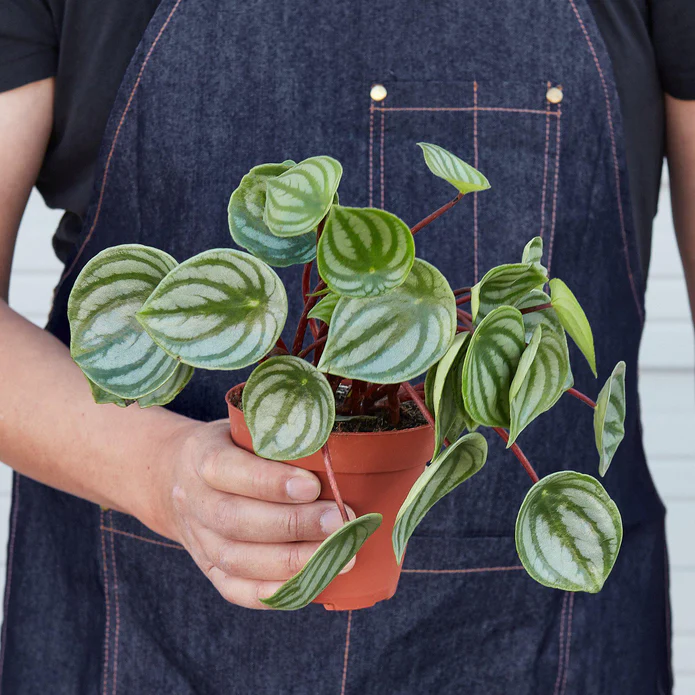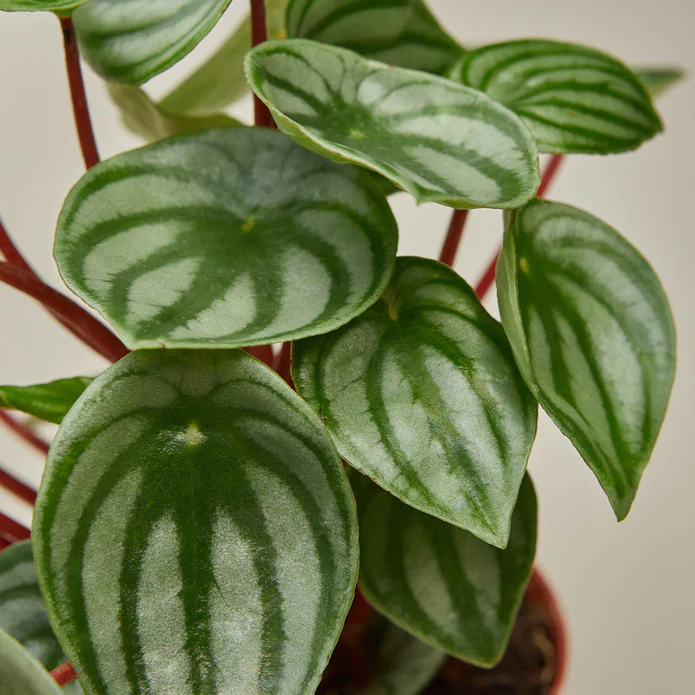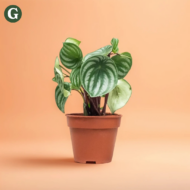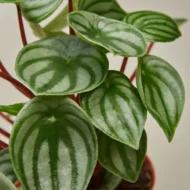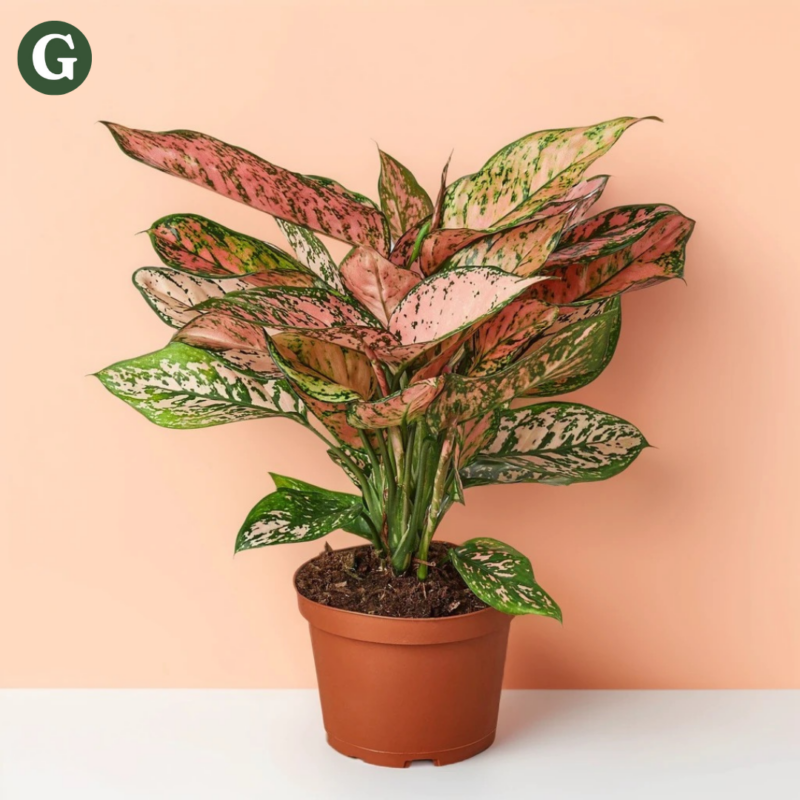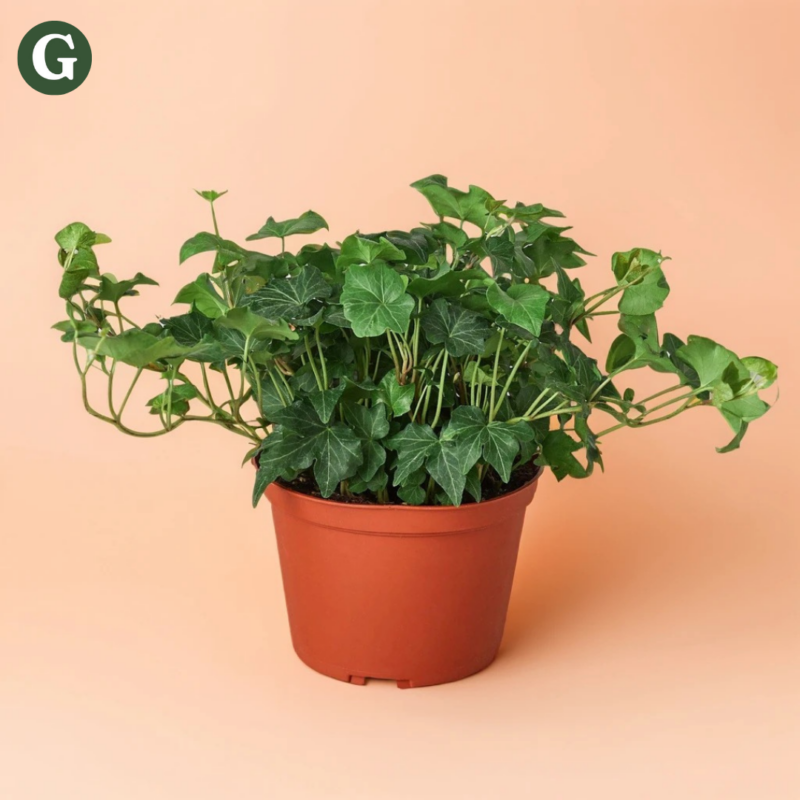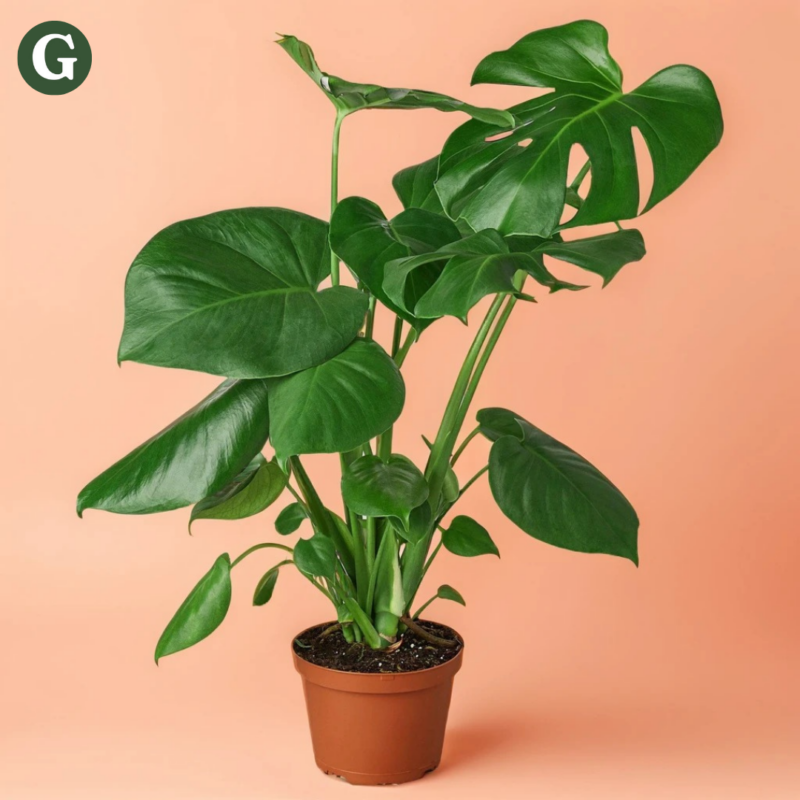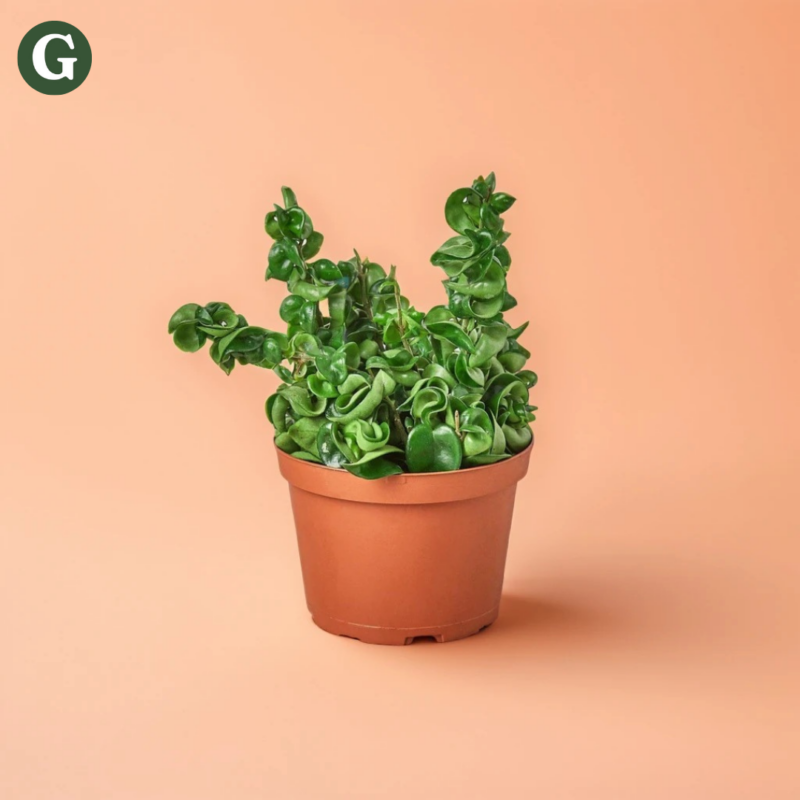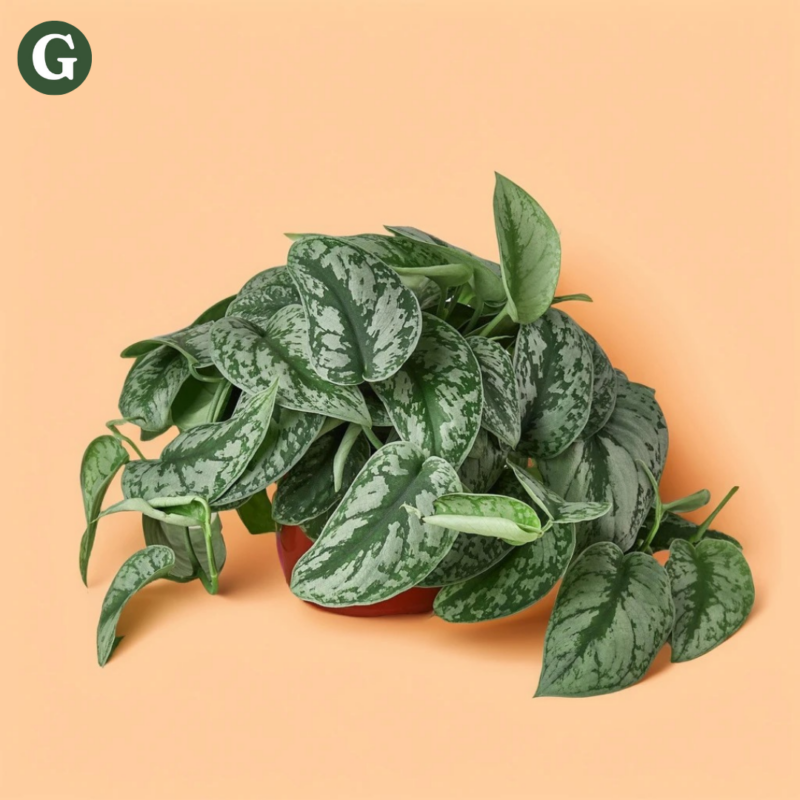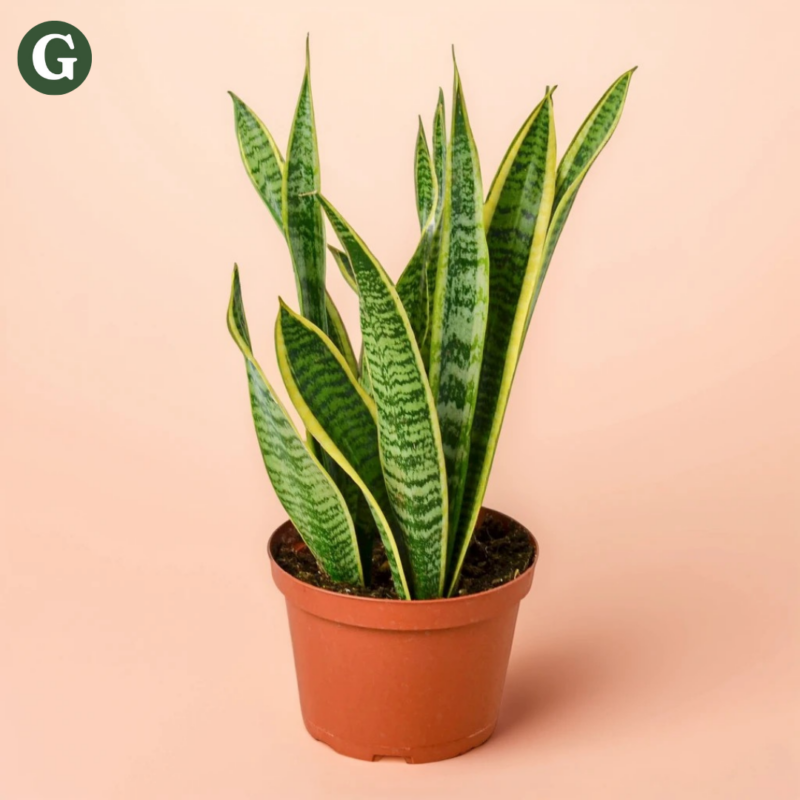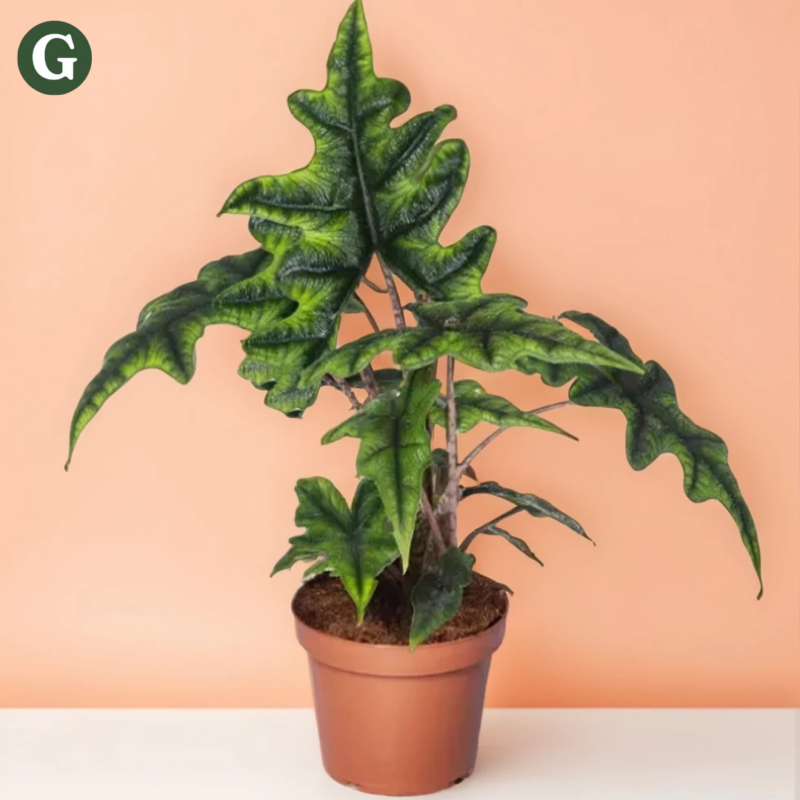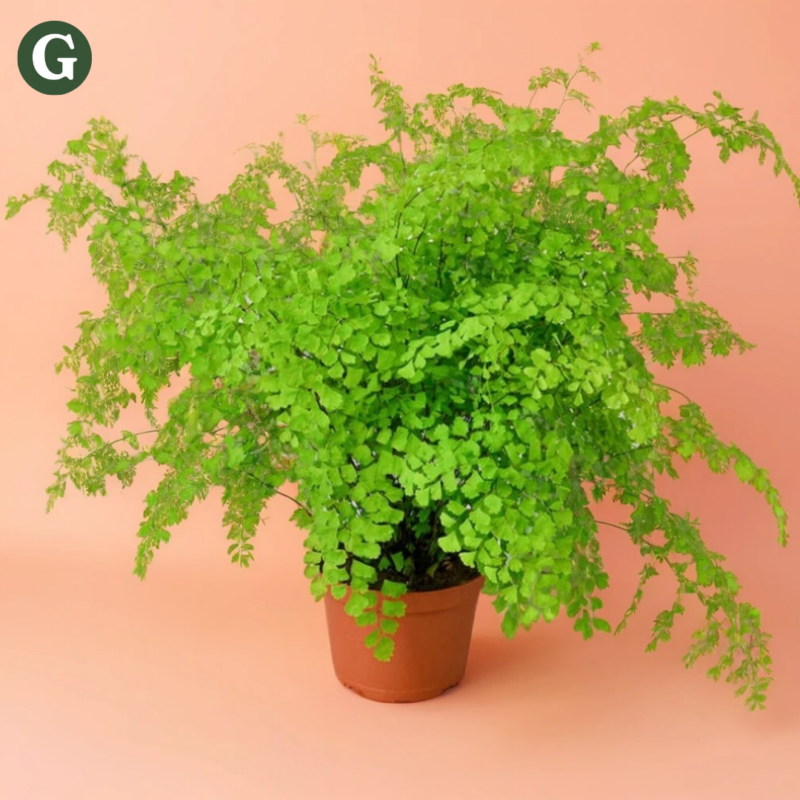Peperomia Watermelon
Botanical Name: Peperomia argyreia
Common Name(s): Watermelon Peperomia, Watermelon Begonia
Peperomia Watermelon is a striking and compact houseplant known for its uniquely patterned, heart-shaped leaves that resemble the skin of a watermelon. The leaves are a beautiful mix of dark green with silver stripes running down the center, giving them a distinctive, almost metallic sheen. This popular variety is native to South America and typically grows to about 8-12 inches in height, making it perfect for small spaces such as desks, tables, and shelves.
Watermelon Peperomia thrives in bright, indirect light, which enhances its vibrant leaf coloration. It prefers well-draining soil, and it's important to let the soil dry out between waterings to avoid root rot. This plant is relatively low-maintenance and can tolerate average indoor humidity, although higher humidity may help it grow better. As a semi-succulent, it is more drought-tolerant and does not require frequent watering.
Air Purifying Qualities: The Peperomia Watermelon isn't specifically known for major air-purifying qualities, however, it still contributes to improved air quality by absorbing carbon dioxide and releasing oxygen, helping to freshen the indoor atmosphere.
Note: Peperomia Watermelon is non-toxic to pets, making it a safe and pet-friendly option for households with cats and dogs. However, it's always good to monitor pets to prevent them from nibbling on the leaves.
Care Insights & Expert Tips
- Fertilize sparingly: Feed your Peperomia Watermelon with a diluted, balanced liquid fertilizer once or twice a year during the spring and summer seasons. Too much fertilizer can burn the roots.
- Repot carefully: Repot your Peperomia Watermelon only when it becomes root-bound. Use a well-draining potting mix.
- Avoid overwatering: Overwatering is the most common cause of death for peperomias. Allow the soil to dry out completely before watering again.
- Protect from cold drafts & pests: Peperomias are sensitive to cold drafts. Place them away from drafty windows and doors. Additionally, keep an eye out for common houseplant pests like mealybugs and spider mites. Treat infestations promptly with insecticidal soap or neem oil.

Visit our plant care library
Find essential tips to keep your plants thriving, vibrant, and healthy.

